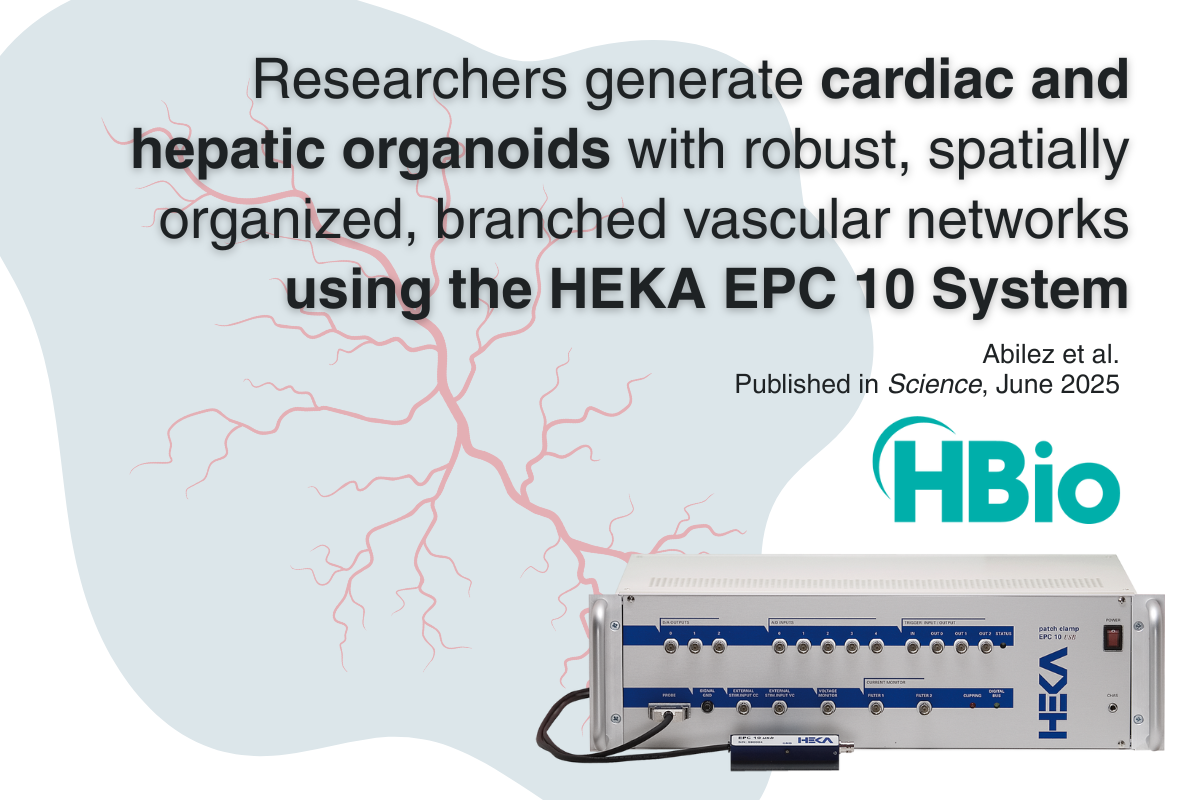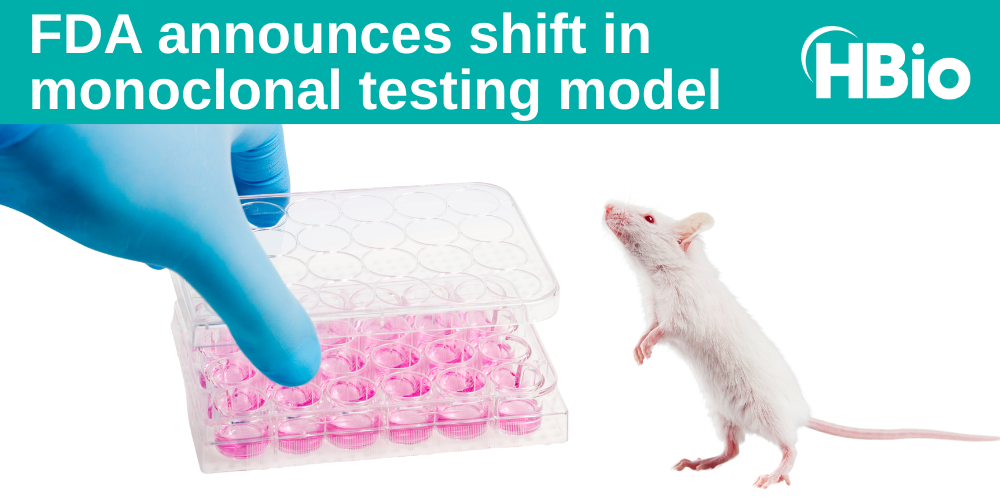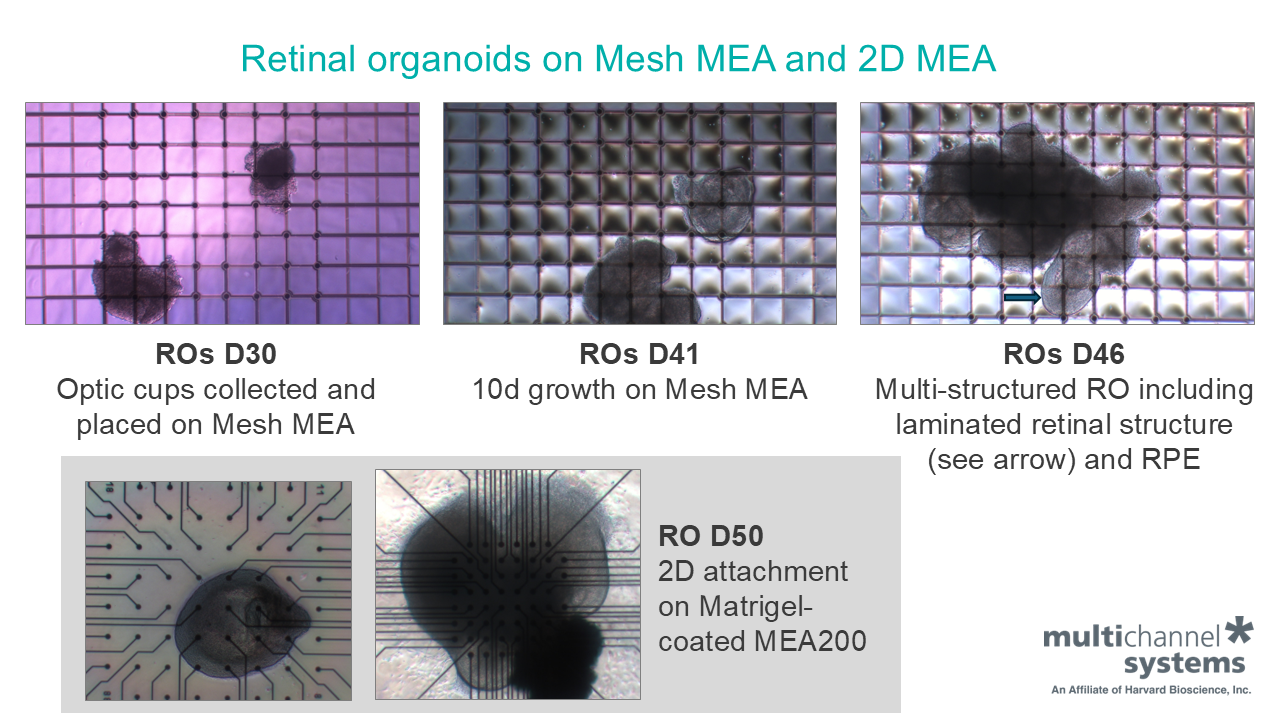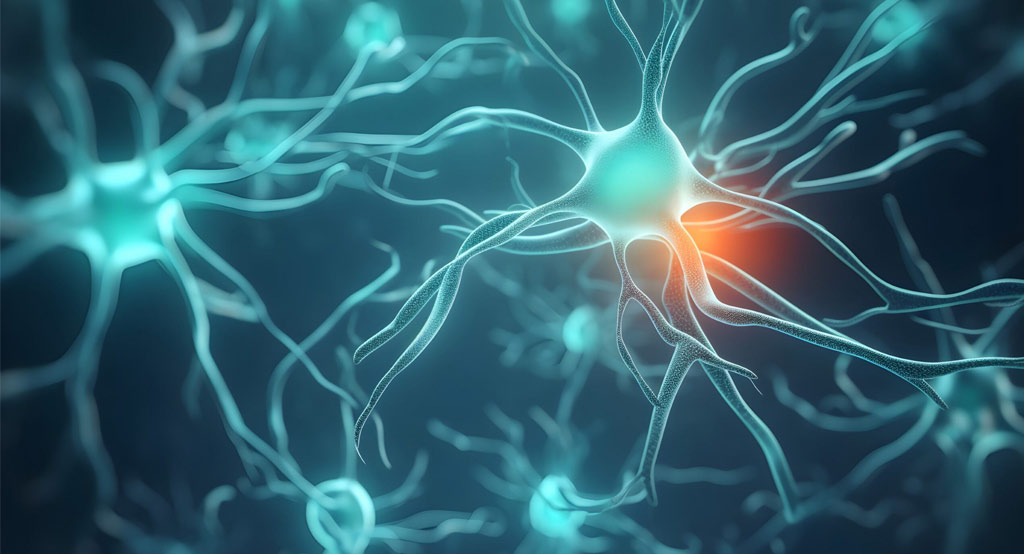Vascularized Cardiac and Hepatic Organoids: A Leap Forward for Organoid Electrophysiology
In the Abilez et al. study, the HEKA EPC 10 Patch Clamp Amplifier provided the sensitivity, stability, and control needed to investigate individual cells within the complex 3D environment of the organoid.




